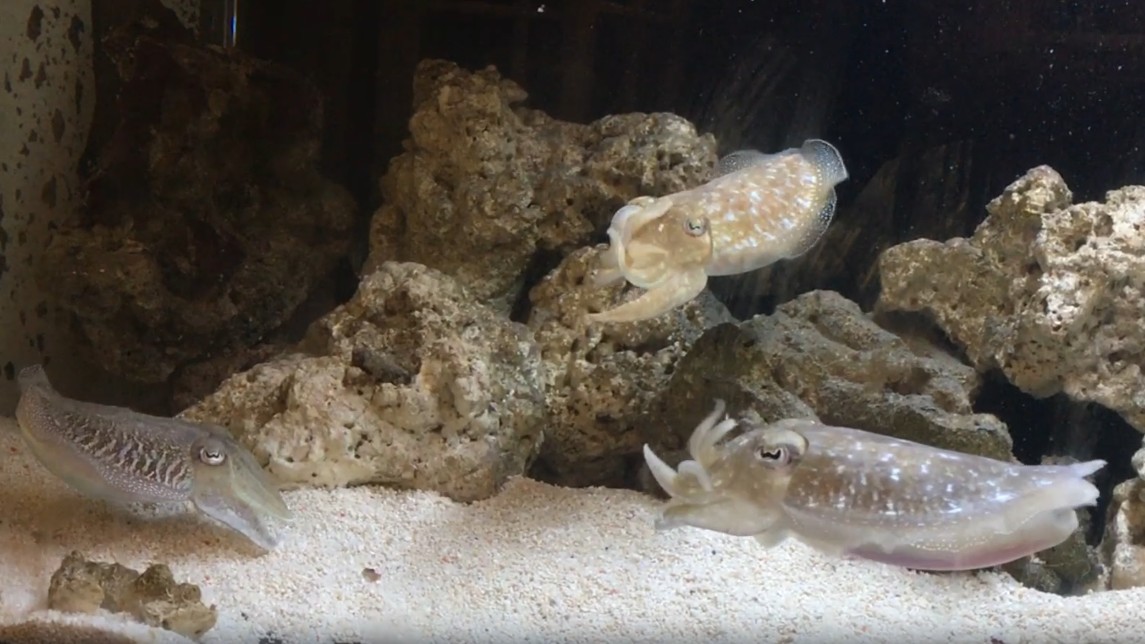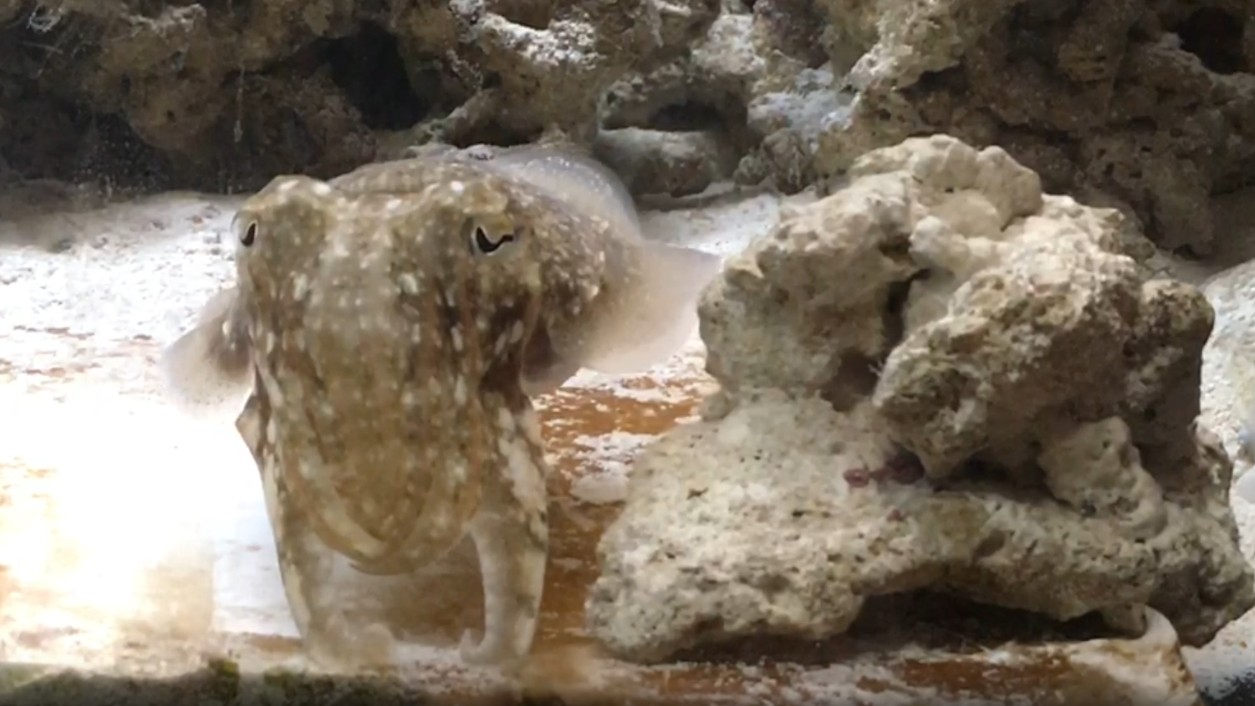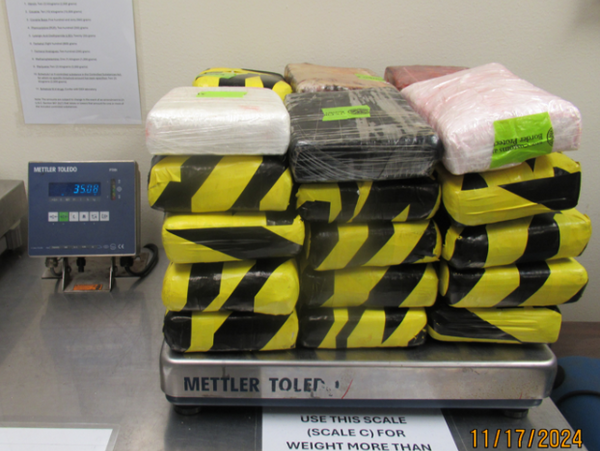
Cuttlefish may "wave" at each other with their tentacles to communicate, new research suggests.. But the study, which has not yet been peer-reviewed, didn't determine what messages the arm waving conveyed.
Cuttlefish communication is complex, sometimes combining skin colors and patterns with changes in body posture. Cuttlefish even release ink during courtship displays, creating multifaceted signals. They use tentacle motions for communication as well — for example, when males confront other males, they may flare or extend their "arms" to show aggression.
In the new study, the research team studied arm waving — when cuttlefish lift their tentacles to possibly initiate interactions with other cuttlefish doing the same. The researchers focused on the common cuttlefish (Sepia officinalis) and the dwarf cuttlefish (Sepia bandensis), after noticing these species seemed to perform specific arm movements in a consistent way.

The researchers identified four "arm wave signs" — repeated sequences of arm undulations that could be combined to create particular patterns: the "up" sign, "side" sign, "roll" sign and "crown" sign.
The research team recorded videos of cuttlefish performing the movements and played them back. The cuttlefish often placed themselves in front of the videos and waved back at themselves, said Sophie Cohen-Bodénès, a neuroscientist at PSL University in Paris and co-author of the new paper. They repeated the movements back at themselves significantly more when the video was in an upright configuration, as opposed to flipped upside down, suggesting the wave signs have significance that cuttlefish interpret when oriented correctly.
The researchers also found that the arm movements produced vibrational waves in the water. "When they don't see each other — for example, if there is a big rock in the tank — they would still do the signs," Cohen-Bodénès told Live Science. "It produces vibrations in the water, and that could be perceived."

To test the role of these vibrations, the researchers recorded the vibrational trace of the waving behavior with a hydrophone, an instrument that detects sound waves in the water. Then, they created versions of the vibrational signal that were reversed and scrambled, and played both these versions and the original recording in the water. They found that the cuttlefish responded only to the original vibrational recordings — suggesting the order of the vibrations could have a specific meaning.
"It was very impressive, because they would come to the hydrophone, and just in front of the hydrophone, they would display back the signs," Cohen-Bodénès said.
Yet defining a behavior as communication is complex, said Trevor Wardill, a biologist at the University of Minnesota who was not involved in the new study. One issue is the interpretation of an animal responding to recordings of itself as communication, since that response may be more similar to how animals respond to themselves in a mirror, Wardill told Live Science. But when kept in tanks, cuttlefish do sometimes wave their arms when caretakers pass by, possibly to get caretakers’ attention and be fed, Wardill hypothesized.
"I would not be surprised if there's actually communication; I don't think that's out of the realm of possibility, because they are a social species," Wardill said. The next step is to get the evidence to show very clearly what's going on and to link the sender of a signal and the receiver responding to that signal, Wardill added.
The research team said the experiments lend support to their hypothesis that cuttlefish arm waving is a communication signal that combines visual cues and vibrational waves, although they noted that further research is needed.
The researchers hope machine learning tools that are used to analyze sequences of cephalopod skin patterns can decipher what the arm movements mean in different contexts. They are also interested in developing a cuttlefish-like underwater robot that could display these signals and produce vibrations, to see how cuttlefish might respond to it.
"Our analyses are consistent, but it opens a box for further analysis, to completely decipher the meaning of the signs," Cohen-Bodénès said.







